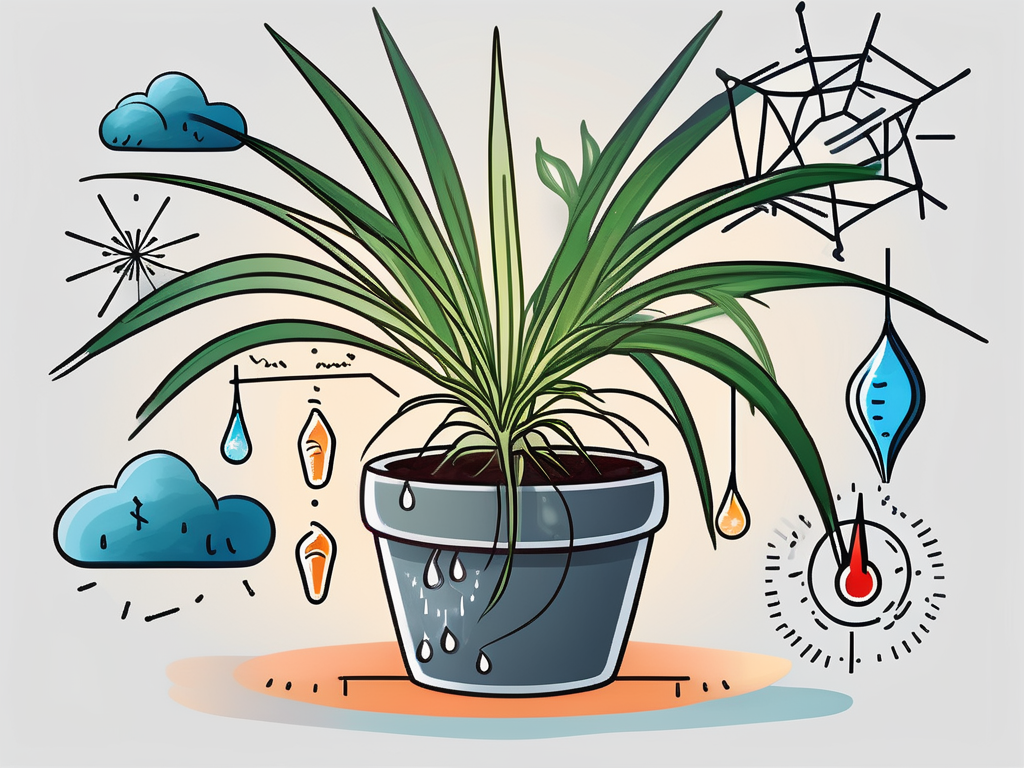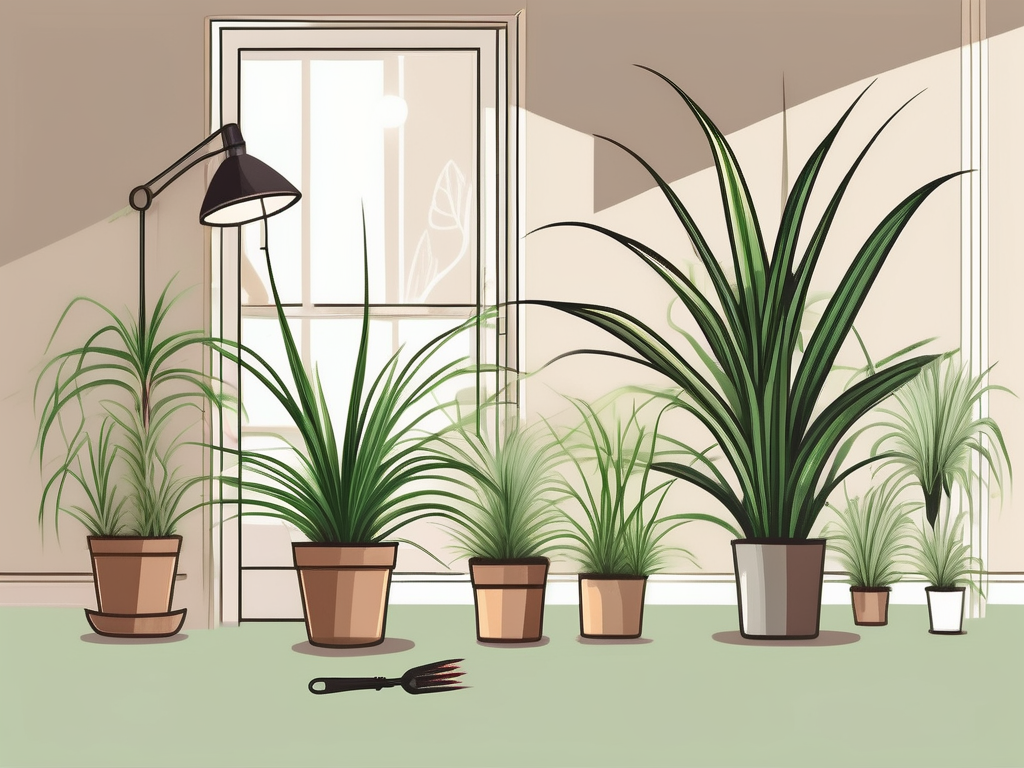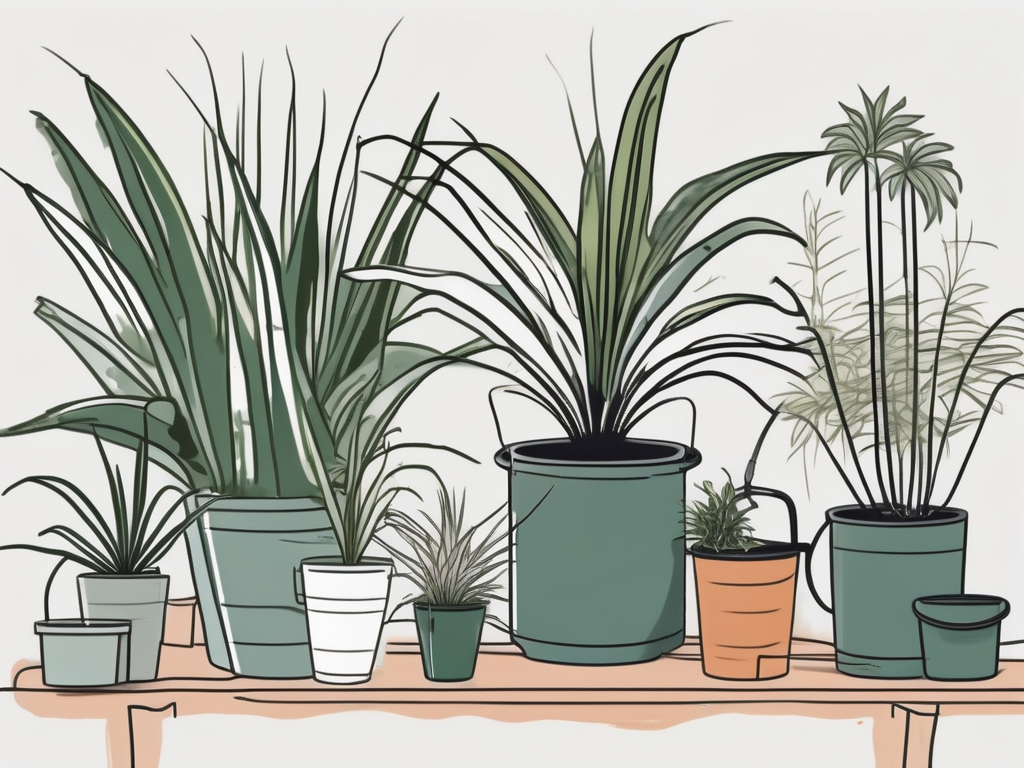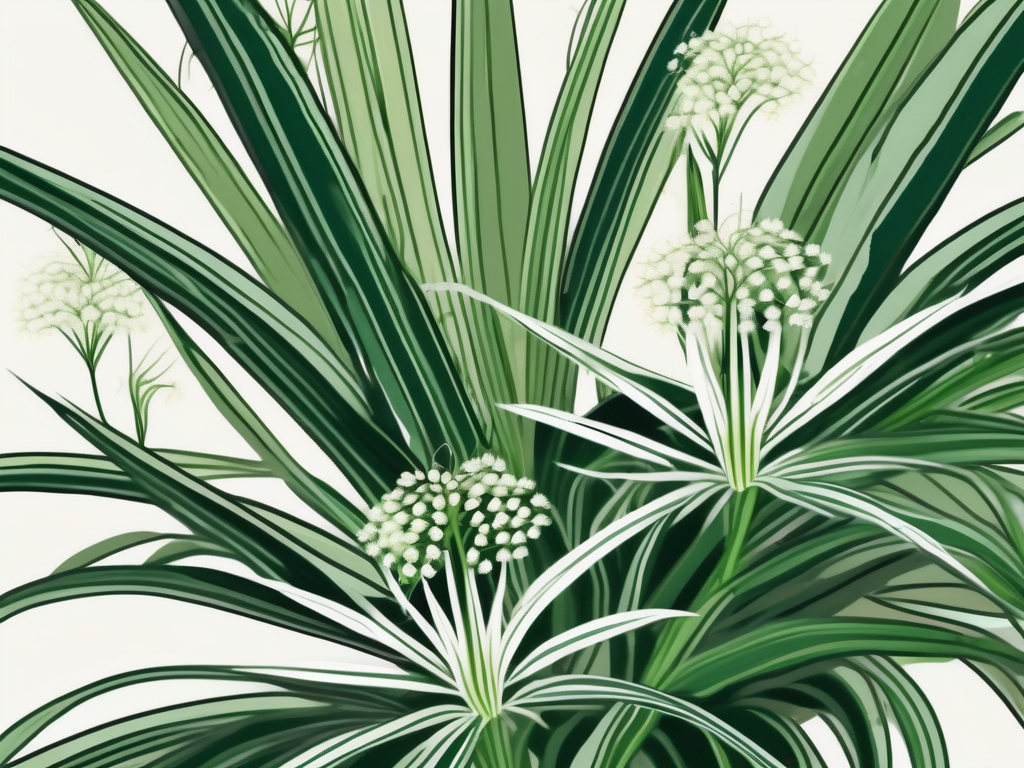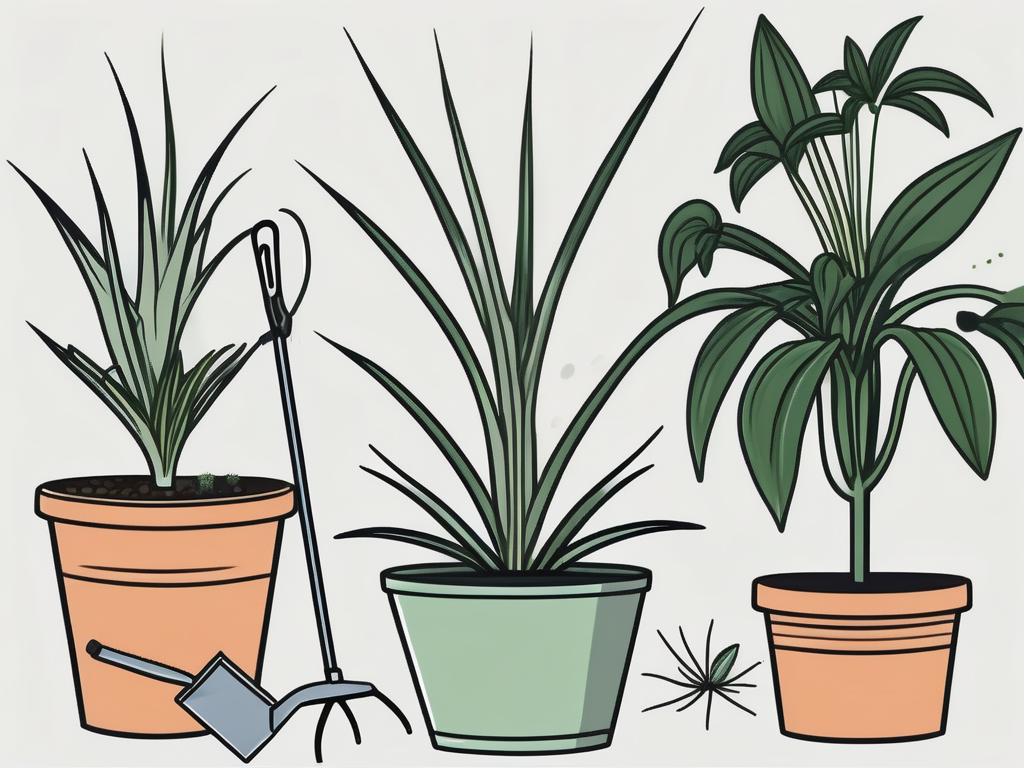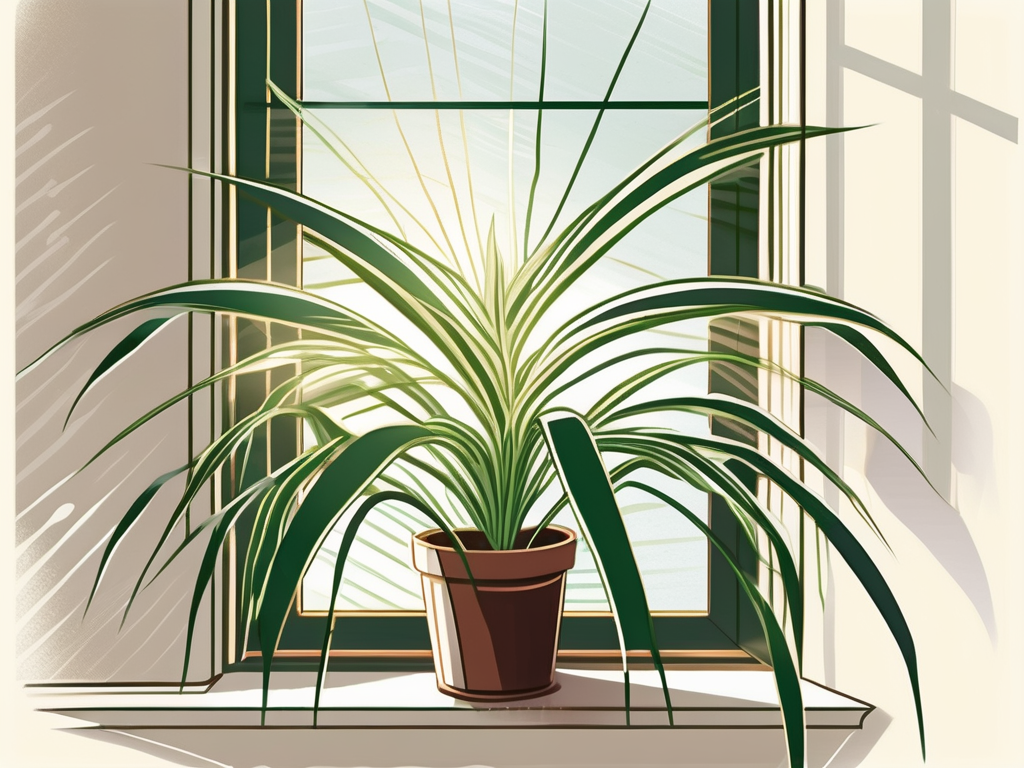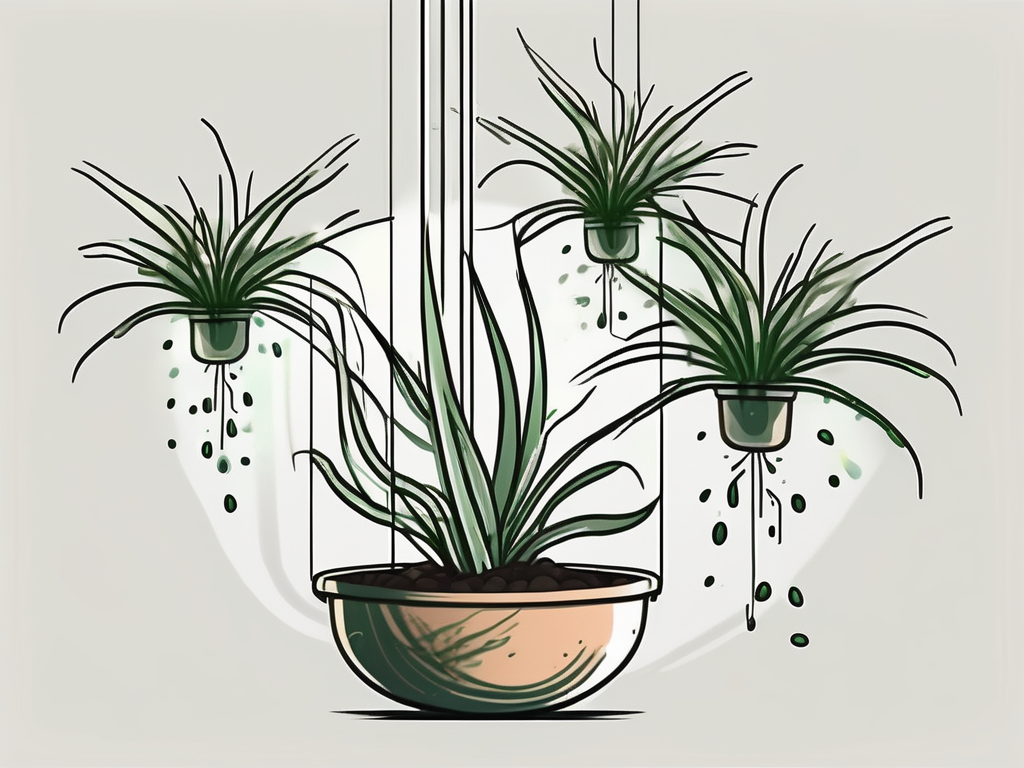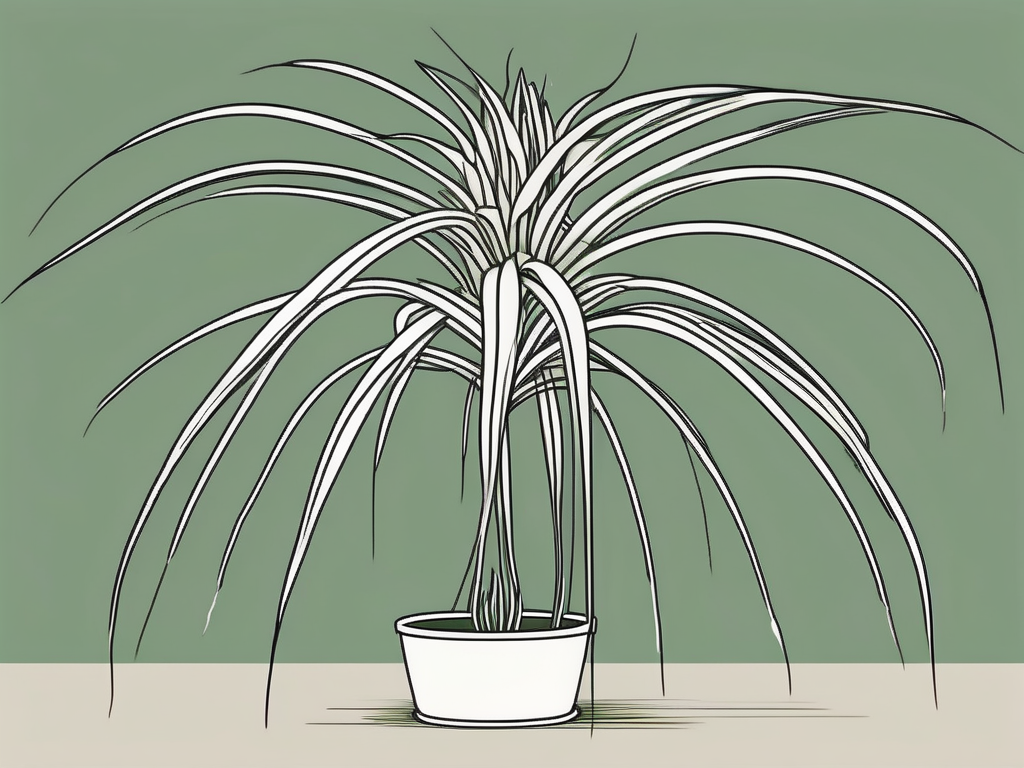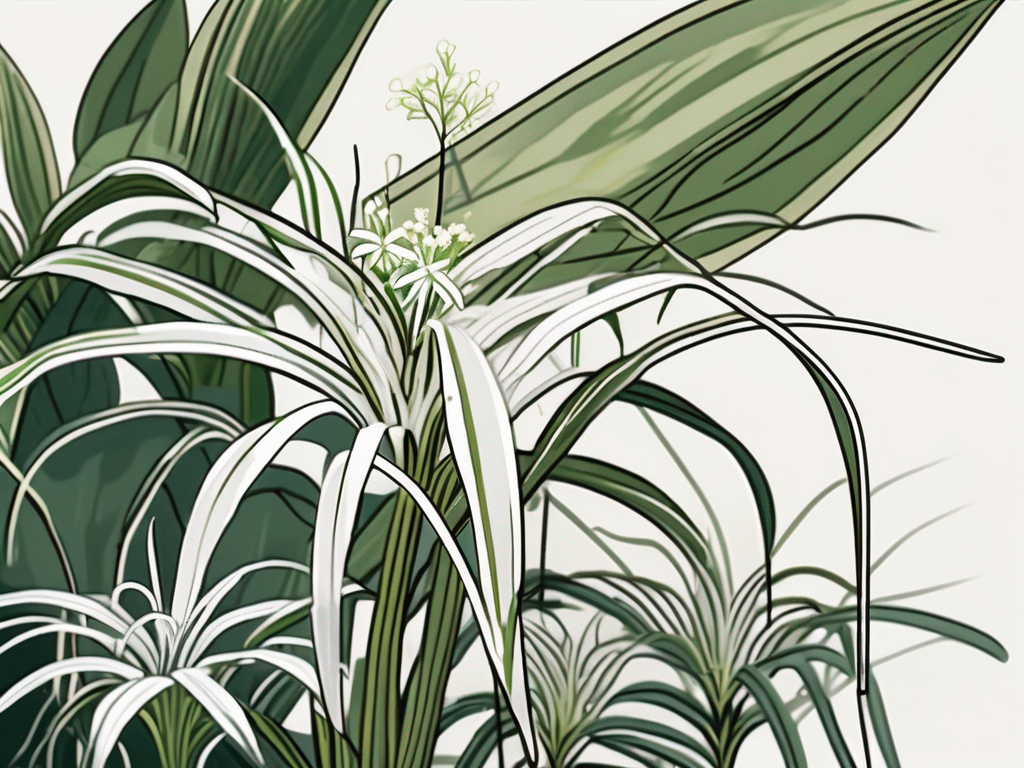
Spider plants, with their striking arching leaves and quirky spiderettes, have long been a favorite for indoor plant lovers. But have you ever considered growing them outdoors? Yes, you can take these charming plants outside, and they can thrive beautifully in the right conditions. Whether you're looking to spruce up your porch or add some greenery to your garden, spider plants can be a delightful addition.
This guide will walk you through everything you need to know about growing spider plants outdoors. From understanding the best conditions for growth to tackling pesky pests, we'll cover it all. So grab your gardening gloves, and let's get started on bringing the charm of spider plants to your outdoor spaces.
Choosing the Right Spot
First things first, where should you place your spider plant outdoors? Finding the perfect spot is half the battle when it comes to plant care. Spider plants are quite adaptable, but they do have some preferences that will keep them looking their best.
They thrive in bright, indirect sunlight, similar to their preferred indoor conditions. Direct sun can scorch their leaves, causing unsightly brown tips. If you're thinking about placing them in a garden bed or a container on your porch, consider a spot that gets morning sun and afternoon shade. This way, they get enough light without the intense afternoon rays.
- Morning Sun, Afternoon Shade: Ideal lighting conditions.
- Filtered Light: Under a tree or pergola works great.
- Shady Spots: Too much shade can lead to slow growth.
Remember, spider plants are not fans of extreme temperatures. If you live in a region with harsh winters or scorching summers, you might need to bring them inside or provide some cover during these periods.
Preparing the Soil
Spider plants aren't too fussy about soil, but they do appreciate a good drainage system. When planting outdoors, you'll want to ensure the soil is well-aerated and drains easily. Heavy clay soils can lead to waterlogged roots, which is a big no-no for these plants.
If you're planting them in a garden bed, consider mixing in some sand or perlite to improve drainage. For potted plants, use a standard potting mix—most commercial options work well, but you can also create your own blend by mixing peat, sand, and loamy soil.
- Good Drainage: Prevents root rot.
- Loamy Soil: Ideal for nutrient retention and drainage.
- Amend With Sand or Perlite: To improve aeration.
A little compost added to the soil can boost nutrient levels and keep your spider plant thriving. However, be cautious not to overdo it—too rich a soil can lead to lush foliage but few spiderettes.
Watering Wisely
When it comes to watering, spider plants are pretty forgiving, but they do have a few preferences. They enjoy a good drink but don't want to sit in soggy soil. Water deeply, but allow the top inch of soil to dry out between waterings.
How often you'll need to water depends on your climate and the season. During hot summer months, you might find yourself watering more frequently, while cooler seasons require less attention. If you're unsure, stick your finger in the soil—if it feels dry, it's time to water.
- Water Deeply: Ensures roots get moisture.
- Let Soil Dry Out: Prevents overwatering.
- Adjust for Seasons: More in summer, less in winter.
And here's a little tip: rainwater is fantastic for spider plants, as it lacks the salts and chemicals sometimes found in tap water. If you can, collect some rainwater for a special treat for your outdoor spider plants.
Feeding Your Spider Plant
While spider plants aren't heavy feeders, they do appreciate a little extra nourishment now and then. A balanced, water-soluble fertilizer applied every month during the growing season (spring and summer) will give them the boost they need.
Avoid over-fertilizing, as it can lead to fertilizer burn, which shows up as brown tips on the leaves. If you're unsure about how much to use, it's always safer to start with a diluted solution and see how your plant responds.
- Balanced Fertilizer: Use during the growing season.
- Monthly Feeding: Keeps plants healthy and vigorous.
- Watch for Brown Tips: A sign of over-fertilizing.
Remember, during the fall and winter months, spider plants naturally slow down, so you won't need to fertilize them as frequently. It's a bit like giving them a rest period to recharge for the next growing season.
Managing Pests and Diseases
Spider plants are generally resilient, but they can occasionally fall prey to pests and diseases. The most common culprits are aphids, spider mites, and mealybugs. Regularly inspect your plants, especially the undersides of leaves where these pests like to hide.
If you spot any unwelcome guests, a gentle spray of water or a solution of water and mild soap can often do the trick. For tougher infestations, you might need to use an insecticidal soap or neem oil.
- Aphids, Spider Mites, Mealybugs: Common pests.
- Inspect Regularly: Early detection helps control outbreaks.
- Use Soap Solutions: Mild treatments for minor infestations.
As for diseases, root rot is the main concern, often caused by overwatering or poor drainage. Ensure your plant isn't sitting in water, and remove any affected leaves promptly to prevent the spread of disease.
Pruning and Propagation
Pruning is a straightforward task with spider plants. Simply trim off any brown tips or dead leaves to keep them looking tidy. If your plant gets too large and unruly, feel free to cut back some of the longer shoots—this won't harm the plant and often encourages fuller growth.
Spider plants are also famously easy to propagate. Those little offshoots or "spiderettes" can be potted up to create new plants. Just cut them off the mother plant and place them in water or soil. Before long, you'll see roots forming, ready for planting.
- Trim Brown Tips: Keeps plants looking fresh.
- Cut Back Shoots: Encourages bushier growth.
- Pot Spiderettes: Easy propagation method.
Propagation is a great way to share the love of spider plants with friends or fill out your garden with new growth. Plus, it's a fun project that even kids can enjoy!
Dealing with Weather Changes
Outdoor living means dealing with the whims of Mother Nature. Whether it's a sudden drop in temperature or a heatwave, there are ways to protect your spider plants. If frost is in the forecast, it's wise to bring potted plants indoors or cover garden beds with frost cloths.
During heatwaves, make sure your spider plants are well-watered and perhaps move them to a shadier spot if they're in pots. A little extra care during these times can ensure your plants continue to thrive no matter the weather.
- Protect from Frost: Bring indoors or cover.
- Shade in Heatwaves: Prevents sunburn.
- Adjust Watering: More frequent during hot weather.
Remember, the key to successful outdoor spider plant care is adaptability. Keep an eye on the weather and adjust your care routine as needed.
Integrating Spider Plants into Your Outdoor Decor
Now, onto the fun part—how to use spider plants in your outdoor decor! These versatile plants can be used in various ways to add a touch of greenery and charm to your outdoor spaces.
Consider hanging baskets for a classic look. The cascading spiderettes look stunning draped over the sides, creating a lush, green waterfall effect. You can also use them as ground cover in shaded areas, where they can spread and fill in bare spots.
- Hanging Baskets: Stunning cascading effect.
- Ground Cover: Ideal for shaded areas.
- Mix with Other Plants: Complements ferns and hostas.
Spider plants also pair beautifully with other shade-loving plants like ferns and hostas. Their green and white variegation can add a pop of brightness to darker green foliage, creating a lovely visual contrast.
Final Thoughts
Growing spider plants outdoors can be a rewarding experience, adding a touch of nature's whimsy to your garden or patio. From choosing the right spot to managing pests, there's a lot to consider, but the result is well worth the effort. Remember to adapt your care routine as needed, and you'll soon have thriving spider plants enhancing your outdoor space.
At Cafe Planta, we love helping you care for your plants. Whether you're looking for advice or just want to chat about your plant journey, feel free to email us or DM us on Instagram. We believe in the power of plants to bring people together and inspire us to connect with nature. Happy planting!














